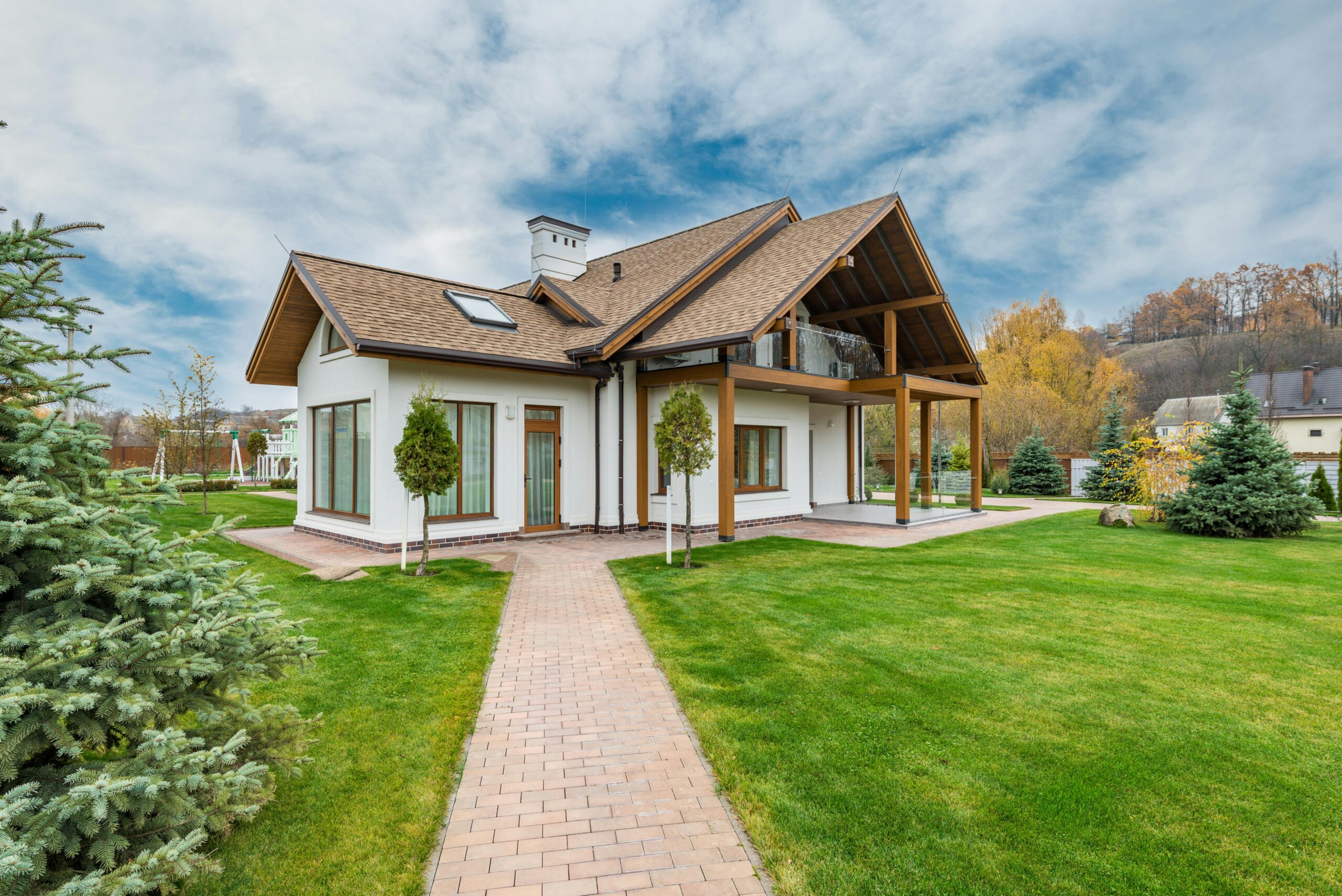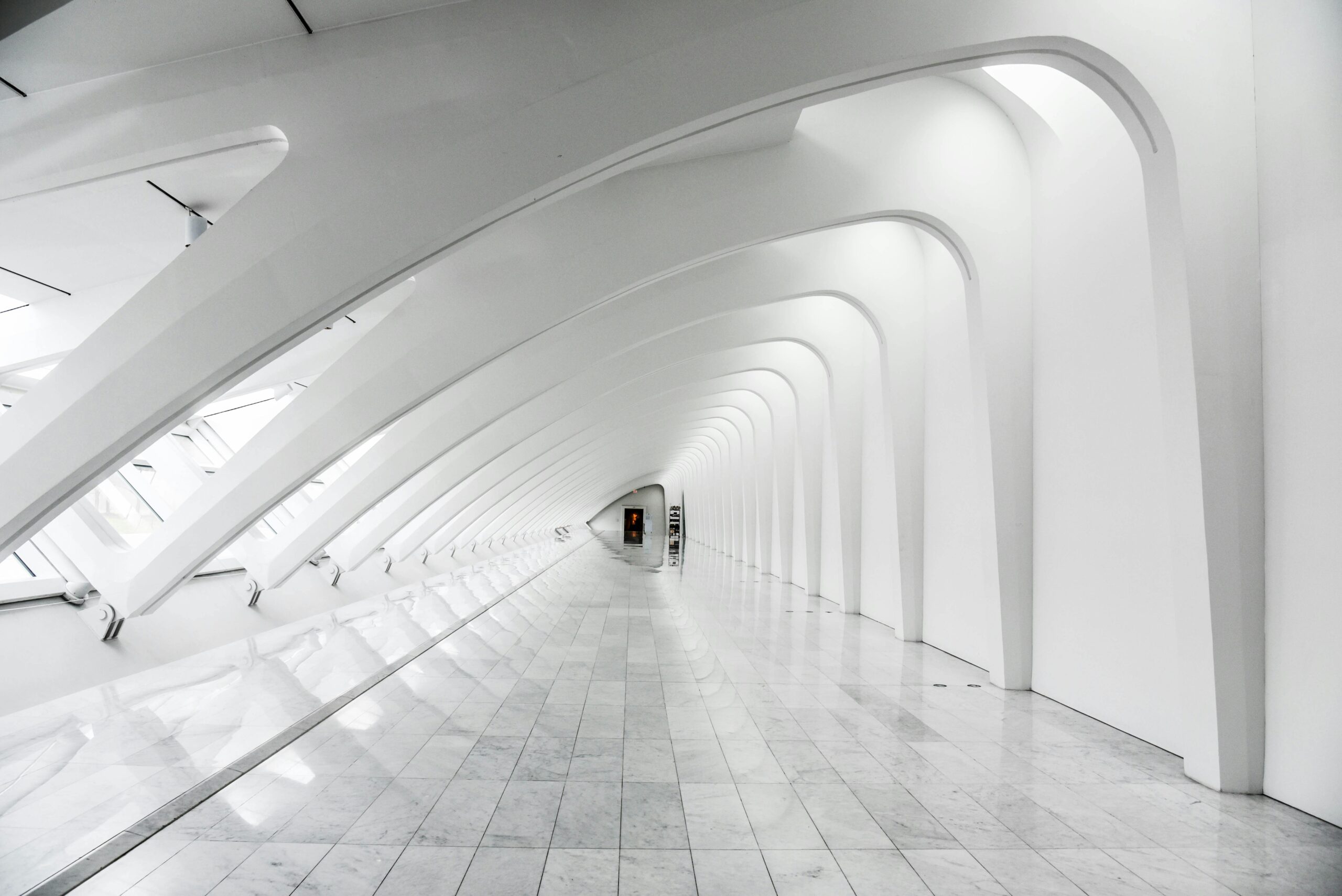When it comes to housing industry competition, the capacity to appeal to and maintain probable buyer’s attention is an important factor. Due to the availability of digital technology, property listings have evolved from basic text descriptions through high-definition photos to immersive 3D presentations. This alteration has changed how properties are shown and appear to new clients.
Through 3D property rendering, one can see what a space will look like once completed before actually starting it. It enables one to picture a property as it would be in its final state with all aspects that photographs cannot provide, such as light, texture, and environment.
In saturated markets, this robust instrument has become essential for developers and estate agents looking for an edge.
This article highlights five vital insights on capitalizing on 3D renderings for an attractive listing. These tactics aim to showcase a house’s architectural brilliance or evoke emotions that will create a lasting impression among potential customers.
These tips, from providing an overview of a property’s unique selling points to creating exciting interactive experiences, will teach you how to increase your listings and make them attractive.
You can turn a simple idea into a vivid visual story that involves and motivates people. Find out how to make your property listing different through 3D rendering.
Power Of First Impressions
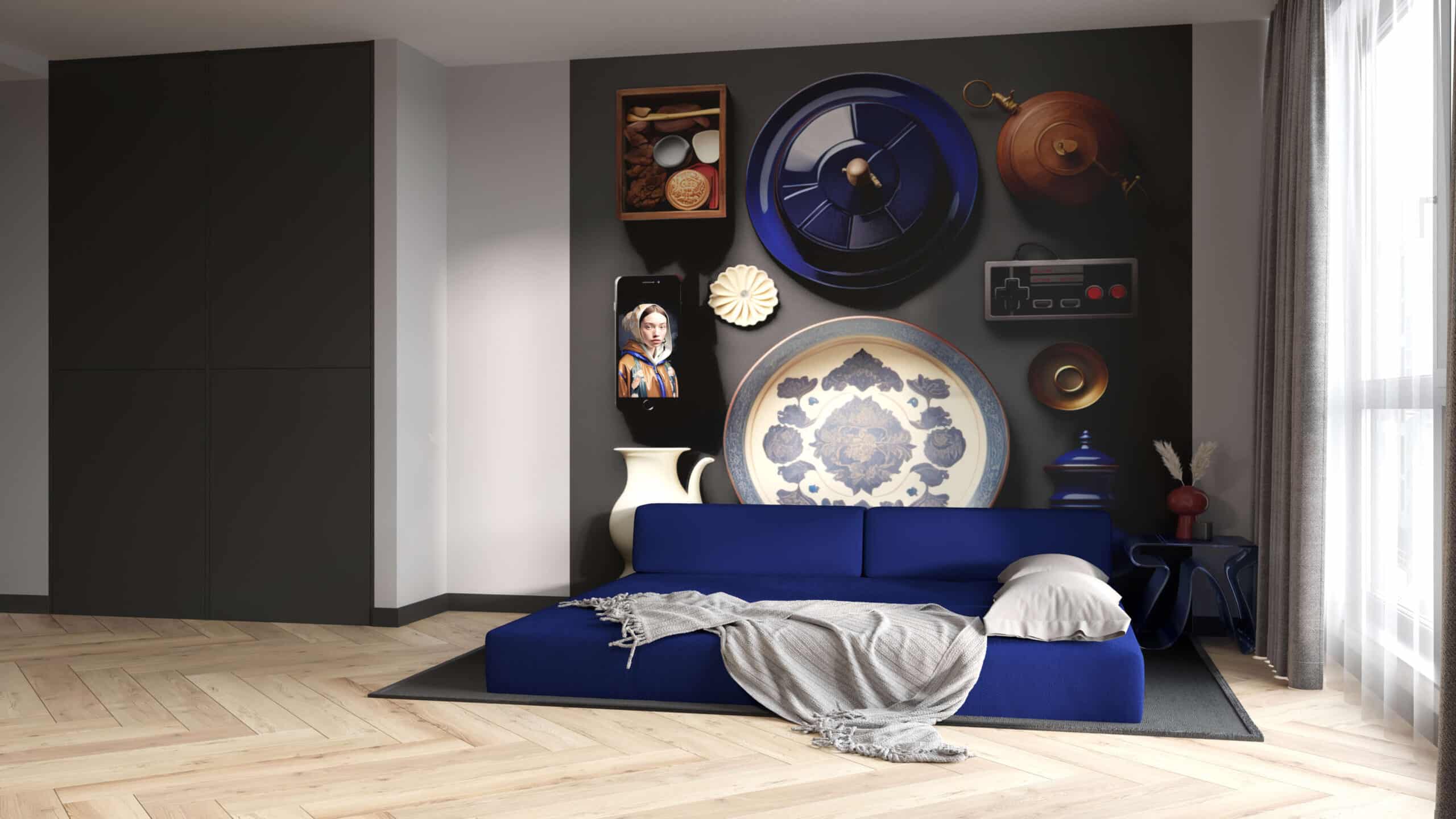
The Art of Visual Impact
The first view of the real estate advertisement can either encourage or discourage a buyer from purchasing it. In today’s digital world, where attention span is short and instantly formed opinions are obtained at first glance, the visuality of 3D rendering has to be instantaneous and eye-catching.
An attractive renderings demonstrate what makes up this area, from architectural lines to the play with light and dark. This visual handshake familiarizes the viewer with the property’s identity and offers an opportunity to further explore its suitability as a house or investment opportunity in the future.
Emotional Impact
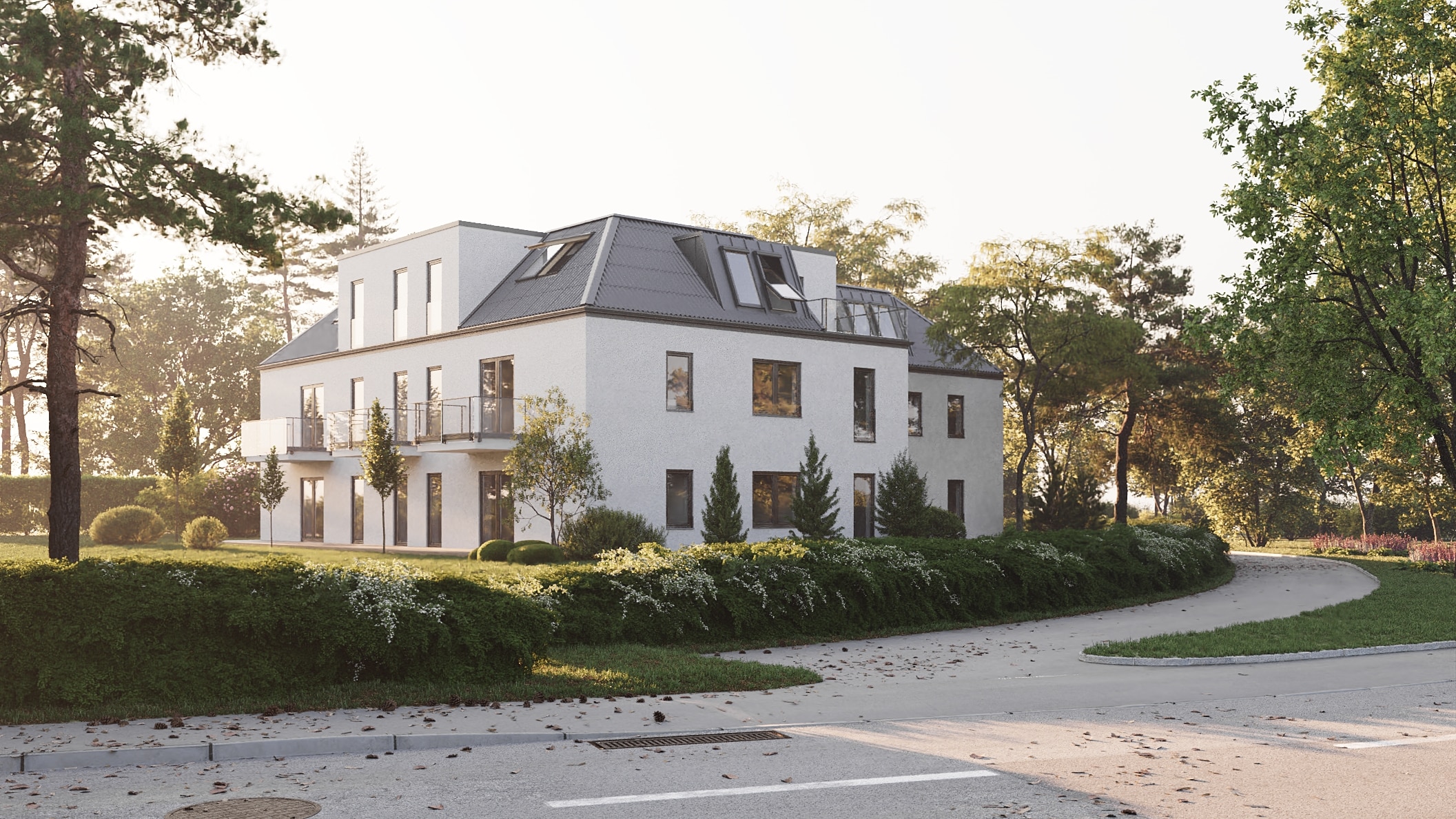
Creating Interest and Desire
Besides the visual aspects, what attracts a prospect is the emotional impact of an illustration. A well-crafted 3D picture can create various feelings, such as hopefulness, contentment, or opulence, depending on the target market of the property in question.
Renderings can foster a sense of belonging and yearning by incorporating elements that evoke emotions, like a fireplace, garden, home library, or office space. This emotional appeal enables prospects to imagine themselves using the spaces, making it easier for them to move to the next stage in the buying process.
Memorable Features
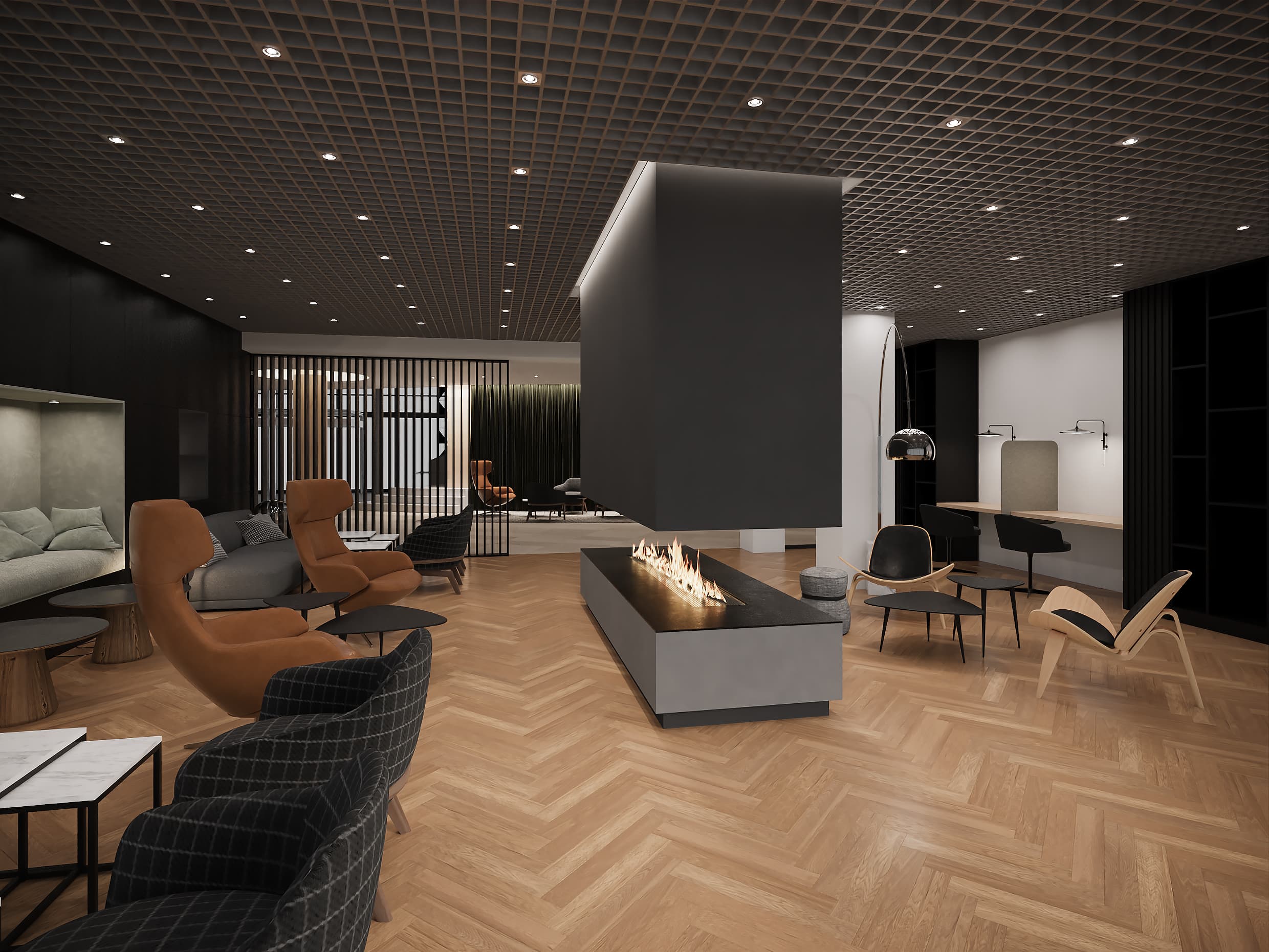
Unforgettable Property
To distinguish a property from others in a crowded market, 3D renderings must highlight its most memorable features. These features could be anything from unique architectural designs to breathtaking views or even state-of-the-art amenities; they will be focal points that a buyer must remember if he sees them once.
By focusing on these elements, however, one rendering can etch itself deeply into memory and keep the property always at hand for potential buyers who may want another look or share it with their contacts.
Following are the tips that can improve the property listing for a real estate agent to engage potential buyers.
Tip # 1: Architectural Storytelling
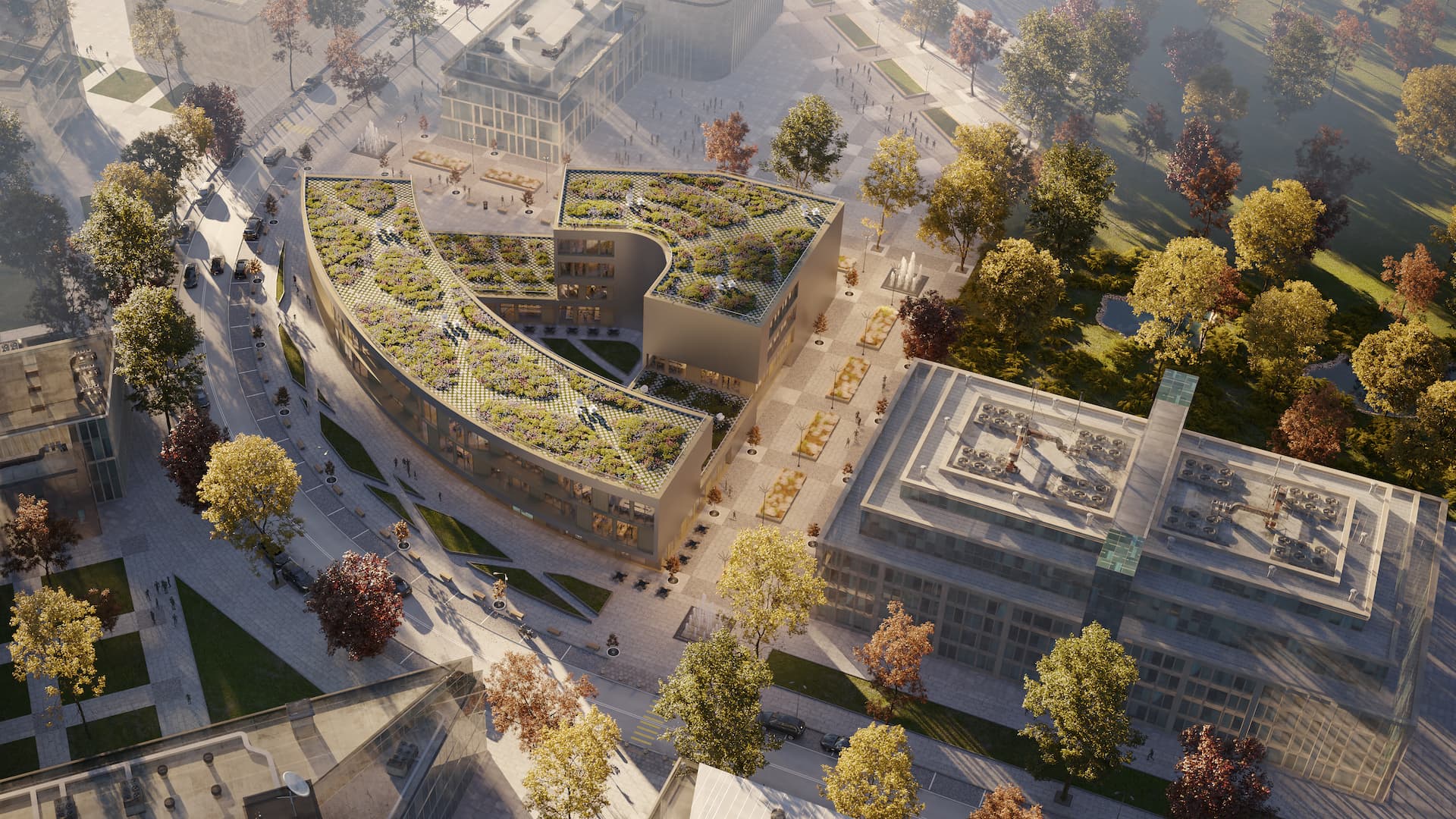
Narrative Visualization
Every building has its story; every space has its own tale. These stories are made real through narrative visualization in 3D rendering. It is beyond representation, but each of these visuals is injected with a sense of past, purpose, and future possibilities that connect with one on a personal level.
Think about a rendering that shows a building and tells you what happened at different stages, from idea to reality. It can depict the architect’s love for the landscape around them, eco-friendly materials, or even design components that symbolize some kind of lifestyle.
For residential buildings, narrative visualization can show people gathering in the living room, where light comes through large windows, creating a warm atmosphere full of laughter and talks. Alternatively, a commercial space might exhibit frenetic activity, with people engaged in activities within an environment intended for collaboration and innovation.
In all of these cases, the renderings tell stories about what life could be like inside those walls, encouraging the viewer to have their own part in the ongoing narrative of that building. This is how a prospect turns to a buyer because they no longer imagine themselves as being in the space alone but as part of its story.
Through such narratives, architectural storytelling through 3D rendering can be a powerful tool in the real estate market that can enchant, motivate, and convince.
Character and Setting

The character of property is its soul; it gives it uniqueness among others (Kendall & Teicher n.d). When carrying out three-dimensional property rendering, however, capturing this character involves much more than merely replicating architectural designs; it means instilling visual elements with the peculiarity of place.
This may include the rusticity of a country villa, the ultra-modernity of a city apartment, or the grandiosity of a historic estate. A distinctive character that represents the property should be created in every aspect of its visualization, from the materials used to the style of furnishings.
In addition, setting is important. It is what the character is framed with, and it provides context for it and enhances its appeal. For instance, a beachfront home might have rolling waves and golden sunsets as its backdrop, while an urban loft could be surrounded by the vibrant energy of the cityscape. The property’s interplay with its setting must be harmonious so that it can create a sense of place that is both warm and real.
More than just a visual representation, a 3D rendering enables potential buyers to step into a world where they can imagine their own stories unfolding. This linkage between a property’s character, location, and viewer’s dreams can transform an ordinary listing into an exciting story that stands out among other offers on sales within the real estate market.
Tip # 2: Strategic Perspectives
Eye-Catching Angles: Finding the Perfect Viewpoint

In property rendering, the perception of value and appeal can be dramatically altered by the angle from which a property is viewed. Therefore, strategic point-of-view decision-making plays an important role in creating eye-catching visuals that attract potential buyers.
To find the perfect viewpoint, consider this building’s architectural strengths and determine how best to accentuate them.
For example, one view may capture the gracefulness of a driveway leading up to an imposing entryway, revealing a sense of grandeur and luxury. On the other hand, another perspective showing a cozy corner filled with sunlight through skylights would communicate something intimate that comfort-loving individuals would resonate with.
The idea here is not only about angles that show off some of your finer points but also about angles that have narratives behind them. A good rendering will make buyers feel like they are standing on a balcony looking at an amazing view or walking through a beautiful garden. It is all about setting up a scene where the viewer feels invited to step into it and touch it himself within the picture.
Spatial Understanding Conveys Layout & Dimensions
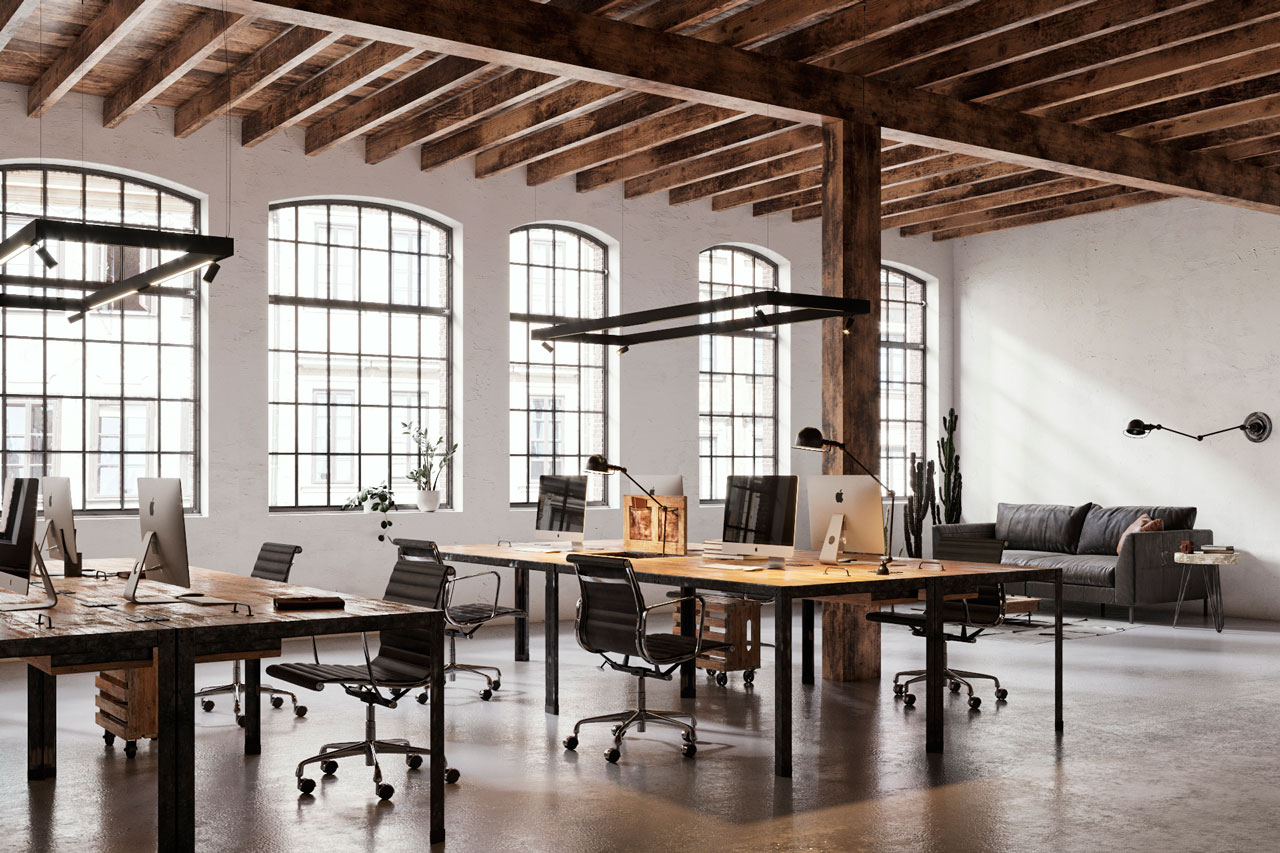
One essential part of rendering real estate is the accurate and effective representation of a property’s layout and measurements. This is where spatial understanding comes into play, allowing potential buyers to grasp the size, scale, and flow of the spaces within the property.
To achieve this, 3D renderings must be meticulously crafted to reflect the true proportions and relationships between different areas of the property. Using furniture and decorations in 3D renderings can act as visual indicators that allow people to see how big a room is.
Placing a standard-sized sofa in a living room could help viewers understand just how huge or small that area really is. It can also be realized by subtly shifting furniture to create lines that illustrate movement from one side of an apartment to another, thus showing how space has been utilized.
Again, this crucially contributes to understanding a space in three dimensions since doorways, windows, and staircases are made part of the design. These items not only add beauty but also create an illusion of depth and perspective from within, making it easier for the viewer to gauge the actual size and nature of any structure.
Hence, by prioritizing transparency and intuitiveness in their 3D property renderings, real estate agents can make it easier for potential buyers to visualize themselves living or working in such places.
Tip # 3: Lighting and Weather Dynamics
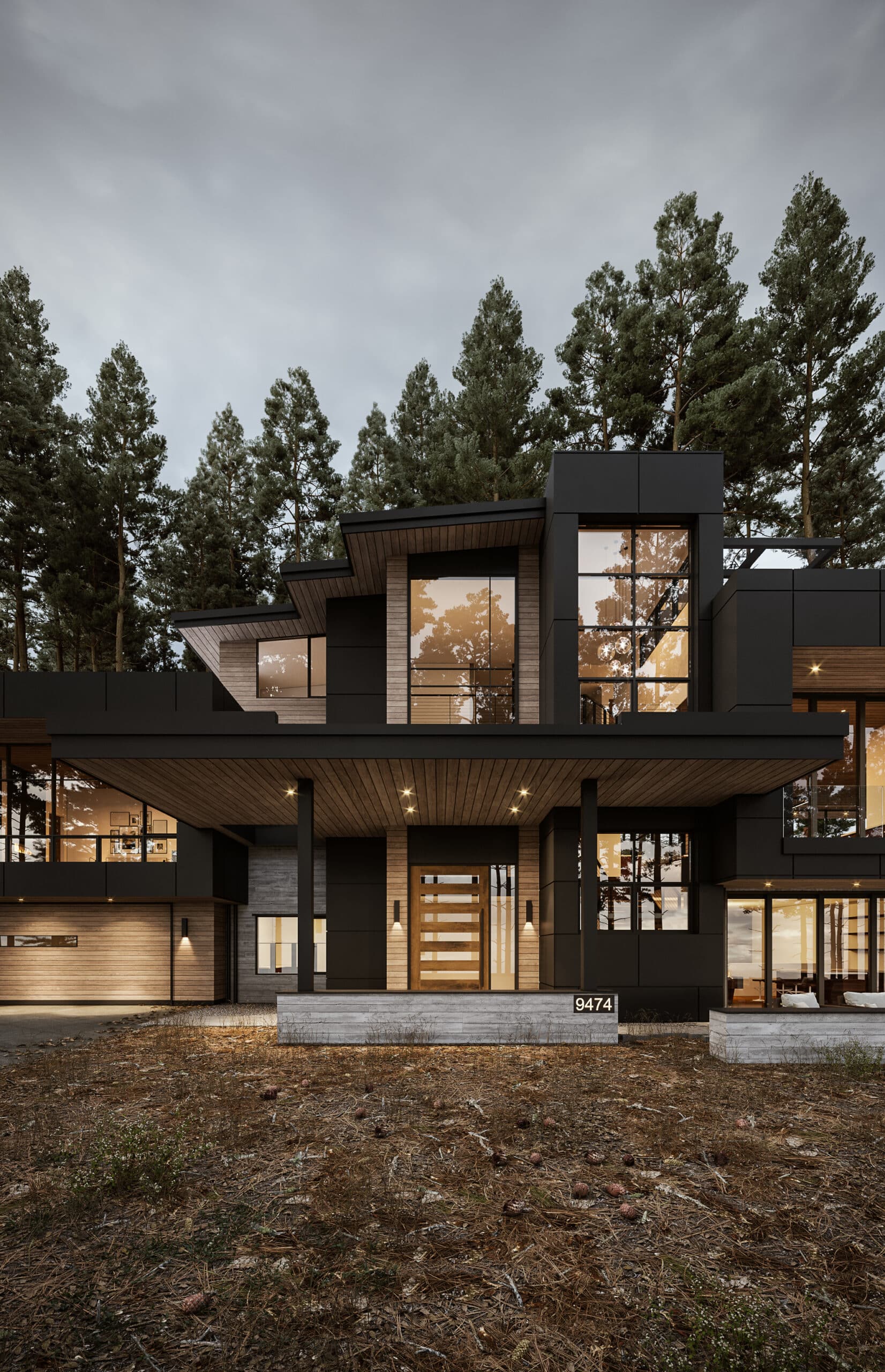
Lightening Techniques
The way light is used in this field resembles painting with light, a powerful technique that could set the mood of a room and thereby influence how prospective customers feel about it. By using light strategically, a dreary situation might turn out to be fascinating, thus bringing out its architectural splendor as well as interior décor into focus.
Renderers must also consider the color temperature of light sources to create a mood. Warm lighting gives a space a warm, intimate feeling, suitable for residential spaces where intimacy is desired. Conversely, cool lighting shows professionalism and modernism, which usually characterizes commercial and industrial spaces.
On the other hand, the direction and quality of light are important, too. Soft lighting smooths edges and textures, which in turn creates a quiet and calm atmosphere. On the contrary, direct sharp light accentuates shapes and textures, thus adding more drama to an image and transforming it into a dynamic one filled with interesting visual elements.
Architects and real estate marketers can use 3D renderings’ effect on light to craft scenes that not only show off their properties’ best sides but also cause viewers to feel feelings that last long beyond what they can see in images.
Seasonal Adaptation
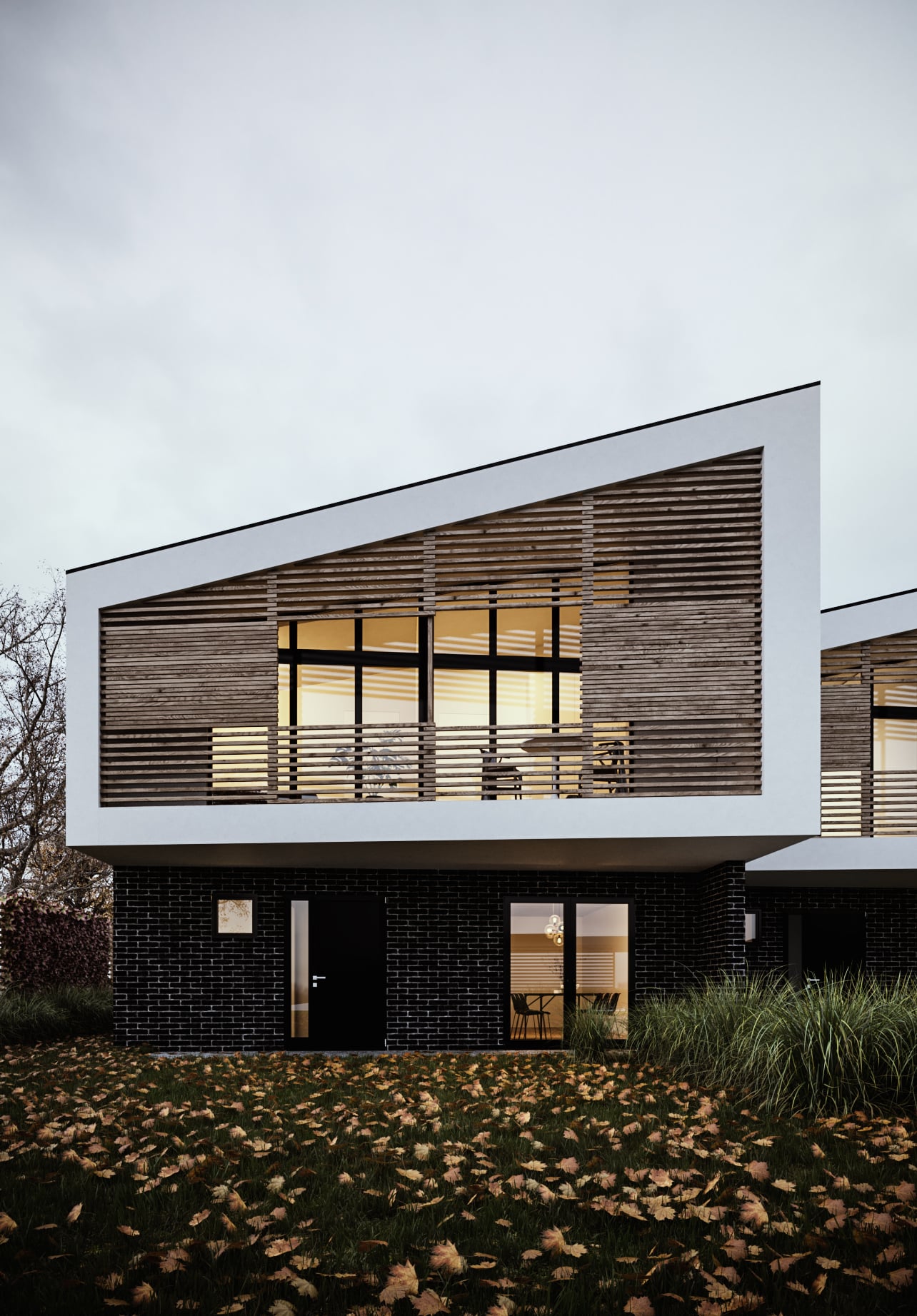
Displaying the Property in Various Climates
Such a technique allows potential buyers to see how the property would look like in different seasons, thus revealing its all-year-round attractiveness.
Summer renderings may focus on outdoor living spaces, lush landscaping, and long sunny days characterized by the interplay of light and shadows. The pictures can show people relaxing outside around amenities such as pools or patios, which serves to highlight the ability of this place to be used during hot weather.
During winter, the renderings shift into cozy indoor scenes with fireplaces burning bright, making it evident that this is actually a warm haven against the cold. Renderings of snow-capped roofs and icicles hanging from eaves can be done to exhibit how the house can survive in such cold temperatures while providing comfort and warmth.
For example, a kitchen rendering might depict a family cooking together, whereas a home office would be portrayed as both functional and inspiring. These lifestyle touches enable potential buyers to picture not only the property but also their lives-to-be and the memories that could happen there, thus making the property more relatable and appealing.
Through rendering the property in various weather conditions ranging from spring freshness to autumn crispness, seasonal adaptability in renderings ensures that the structure is not perceived as a fixed entity but rather as a living space capable of being altered or changed so that it remains welcoming and beautiful all year round.
Tip # 4: Integration Of Environment And Lifestyle

Incorporating the Property with its Environment
For a property to fit into its surrounding environment, it should have a fine balance that can significantly boost its attractiveness. It is about making the transition between inside and outside seamless; therefore, the property must blend with its surroundings, whether they are urban settings, rural sceneries, or coastal backdrops.
This contextual harmony can be achieved by selecting materials in the renderings that represent local architecture or landscaping corresponding to regional vegetation. The main aim is for the building to feel as if it belongs to nature, hence enhancing not only its beauty but also creating a sense of being part of it.
Lifestyle Envisioning
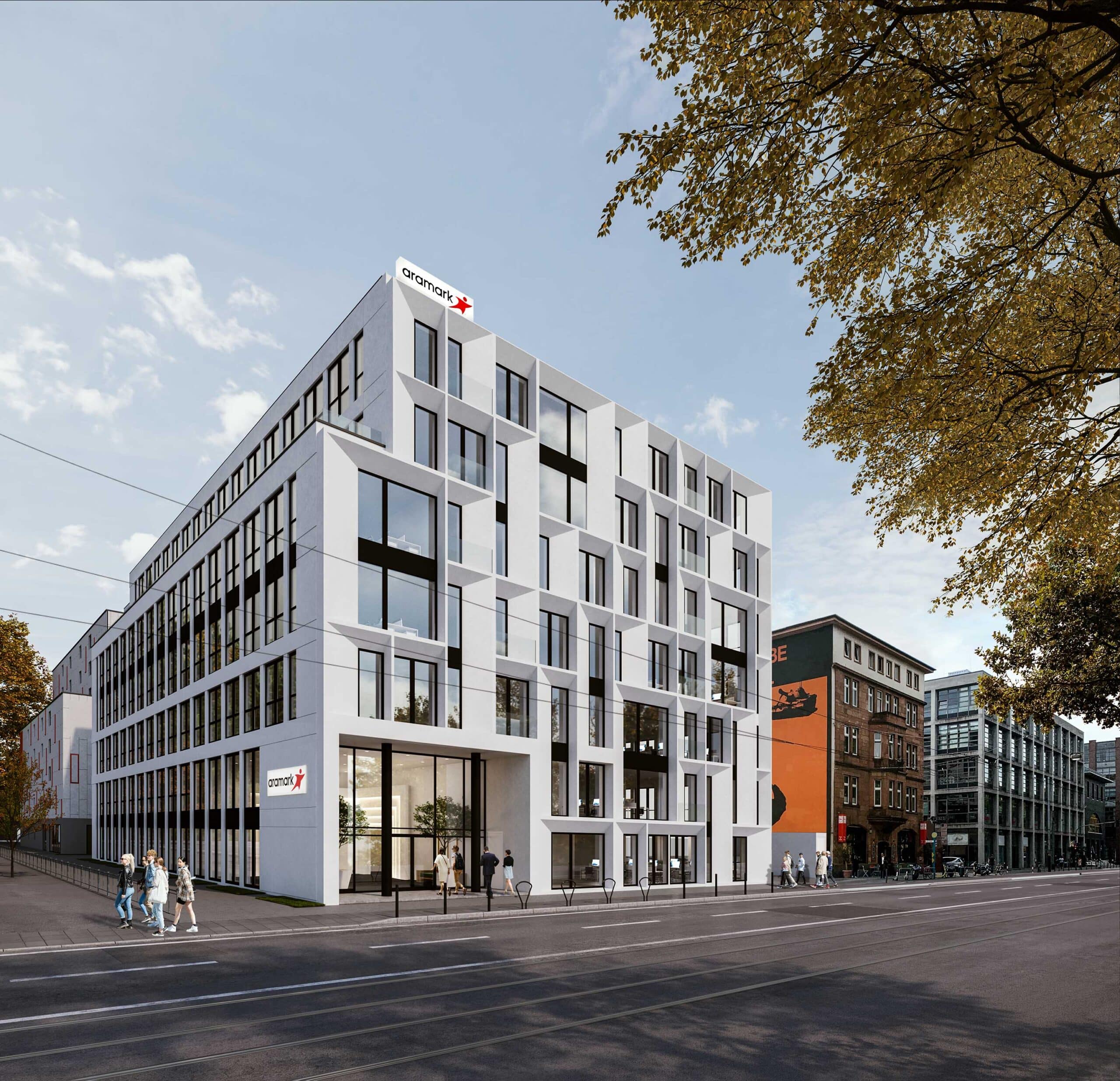
Allowing Viewers to Picture Their Life in Space
Lifestyle envisioning in property rendering is more amazing than simply showing off spaces; it’s about developing images of what life could be like in such spaces. This implies that human objects are added to the image in forms such as people interacting with the space or personal touch, suggesting a lived-in quality.
A kitchen render, for example, can show a family cooking together, while a home office render should have both functional and inspiring aspects. These lifestyles assist potential buyers in thinking of not only owning the house but also their memories and future lives there, hence making it easy for them to connect with and desire it more.
Tip # 5: Interactive Engagement
Virtual Walkthroughs – The Benefits of 3D Tours
Virtual walkthroughs have changed how properties are shown. This kind of engagement does away with static pictures, which do not give a clear view like today’s, where one can tour each room.
Through this virtual exploration, viewers get some sense of freedom within this architecture as they can concentrate on areas that especially interest them or hold personal meaning to them.
The reality of virtual tours makes it easy to gauge the layout, scale, and features of the premises at a level that still pictures or traditional videos cannot. This form of interaction is very beneficial for marketing agents as it improves their listings’ attraction, creating a unique viewing experience for clients.
Animation and Motion
3D renderings are more exciting when animated or in motion because they appear more realistic. This could mean water flowing into a pool, flames flickering away in a fireplace, or even changing from daybreak to nightfall.
The animations make pictures dynamic by showing potential buyers how it works and giving them an idea about the property in action. For instance, these short videos can demonstrate how sunlight travels through rooms during the day or what happens when landscaping moves gently with the wind.
This representation helps purchasers develop an affinity with specific places where they might live or work. Revealing what else can be done with a property, animations prove to be effective tools for engaging clients and beating competition on online platforms.
Conclusion
Finally, we’ve discussed the five main strategies for property rendering. They are important for changing a simple listing into an interesting story that can captivate potential buyers.
Each of these techniques plays a crucial role. Architectural Storytelling is one among many things that weave a tale visually. At the same time, Strategic Perspectives highlight the best parts of the property, while Lighting and Weather Dynamics demonstrate how it looks during different times of day and seasons and weather conditions.
Also, Integrating Environment and Lifestyle ensures the property resonates with its surroundings as well as provides an envisioned lifestyle for the buyer. The last technique involves Interactive Engagement through virtual tours and animations, which give buyers the immersive experiences they need to make decisions.
Moreover, there is much potential in future real estate property rendering. Technological developments will see more advanced rendering techniques, making properties to be marketed and sold in new ways in the future.
Consequently, these advancements may offer additional depth of interaction as well as personalization, hence easing customers’ transition from window-shoppers to actualizing dreams.
Frequently Asked Questions (FAQs)
Q: What is architectural storytelling in property rendering?
Architectural storytelling is the practice of creating a narrative through 3-D renderings that go beyond mere visual representation. It involves infusing the visuals with the property’s history, purpose, and potential, allowing viewers to connect emotionally with the space and envision their own lives within it.
Q: What are the benefits of interactive engagement in property listings?
Interactive engagement, such as virtual walkthroughs and animations, offers a dynamic and immersive experience that static images cannot. They allow potential buyers to explore the property at their own pace and see it in action, which can help them form a deeper connection and better visualize themselves in the space.
Q: Can I see how the property looks at different times of the day or year?
Yes, 3D renderings can showcase a property in various lighting conditions and seasons, giving a comprehensive view of its appearance and ambiance throughout the day and throughout the seasons.





